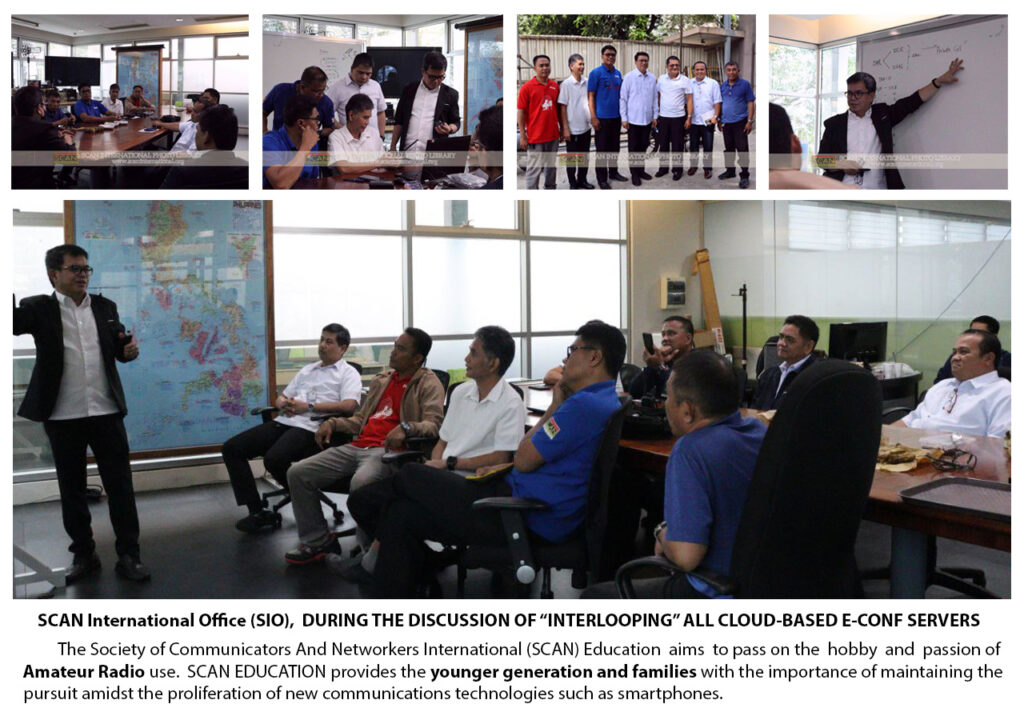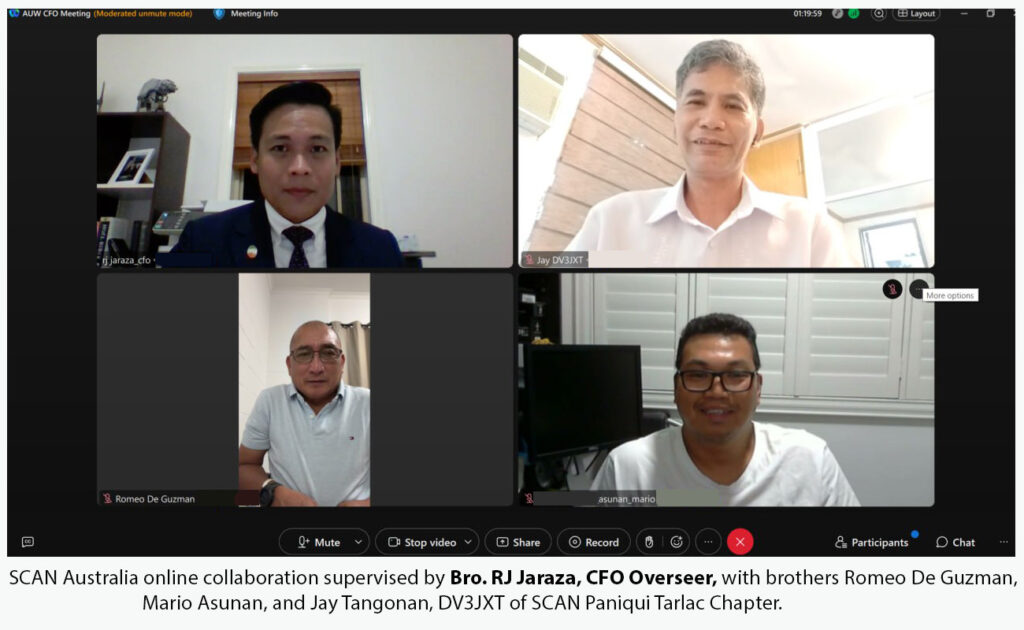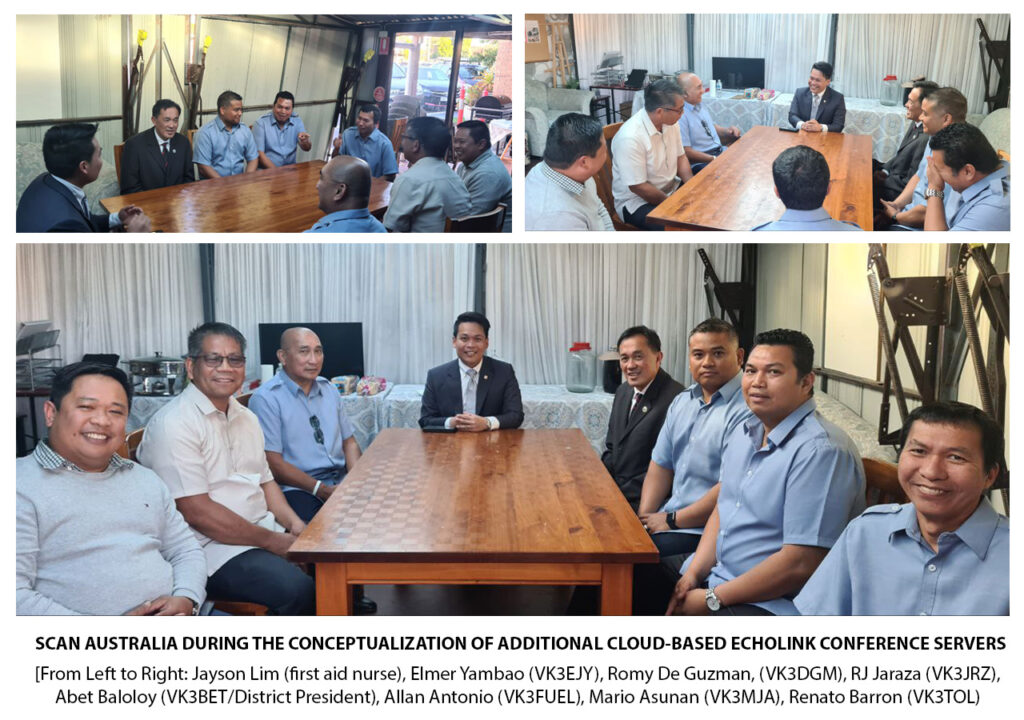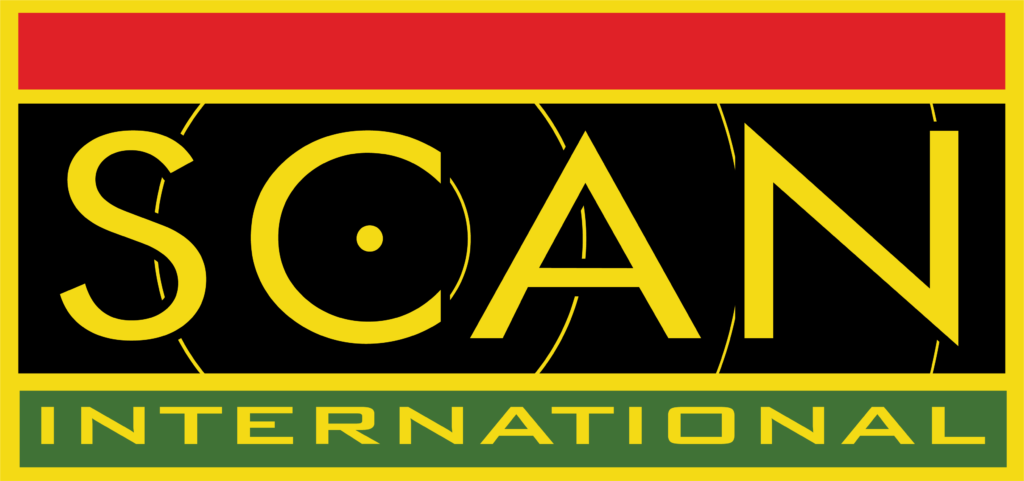⦿ SCAN ON ECHOLINK CONNECTIVITY
Amateur Radio or Ham Radio is a distinguishing name for using a limited radio spectrum from commercial broadcasting and professional and other two-way radio services.
Frequency ranges from 144-148 MHz have become very popular in the Philippines, especially before the dawn of cellular phones and the adoption of high-bandwidth internet access. Regular hams call this two-meter band, a spectrum with a frequency range in the VHF mode whose approximate wavelength is about 2 meters. It has a relatively short line-of-sight distance reach. Even repeaters can only extend their capability to pass over a considerable distance and objects like mountains.
In early 2000, the two-meter band extended its reach through free Echolink software. Echolink lets amateur radio operators connect a radio to a computer via a specific interface and connect anywhere with Voice over Internet Protocol (VoIP). EchoLink forwards a radio's audio transmission to a remote location, typically another radio station in any part of the world connected to EchoLink.
A standard Echolink configuration uses physical Personal Computers (PCs), which entails a relative level of complexity for non-techies. A specially designed hardware interface between the amateur radio and the PC is also needed, and technical savvy is required to make it work.
Echolink configuration has drastically changed with the advancement of internet connections, the development of cellular apps, and the availability of cloud servers. Now, every amateur radio operator can connect to the amateur world in the palm of their hand. Any holder of an updated amateur radio license can download the cellphone application of Echolink for Android and iOS devices, install it, and connect to the amateur world.
SCAN Communicator and Networker members have set up physical Echolink conference server gateways to support large, continuous conferences and day-to-day conversations on cellphone applications and portable amateur radios.
Setting up Echolink conference servers is now even more accessible and less complicated. Some of our SCAN members utilize cloud servers to sidestep the maintenance and management of physical servers. Cloud servers provide convenience to the worries of burning equipment during very long conversations and incidental key-ups, especially for cellphone app users. Thanks to the cloud servers available in almost all regions that support this configuration.
SCAN Office provides members with in-house lectures and continuous training about Echolink's physical and cloud installation and configuring dependency files to suit everyone's needs when connecting to the conference server. This training provides in-depth knowledge and concepts of Echolink, especially for the group's newcomers.
In conclusion, Echolink is not replacing traditional amateur radio for communications but helps expand amateur radio operators' connectivity worldwide via the Internet Protocol. It is still dependent on the Internet infrastructure, and with the Internet down, it will pause drastic effect to its full function.





